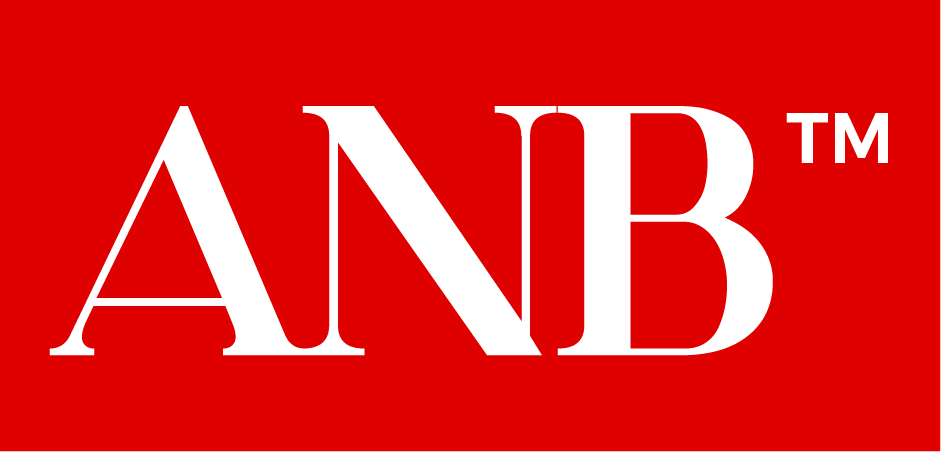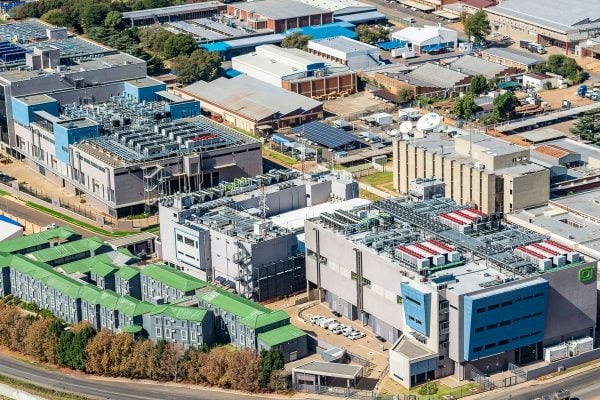Teraco’s NAPAfrica — Africa’s biggest Internet exchange point (IXP) operator — now consistently records traffic peaks of over 3Tbps daily.
The IXP operator passed the 3Tbps mark for the first time in February 2023.
Launched in 2012, NAPAfrica offers access to more than 300 unique networks across over 20 countries in the southern African region.
An IXP is a set of physical infrastructure, including routing and switching equipment, where organisations, network operators, content delivery networks, and cloud services providers interconnect to exchange Internet traffic with others connected to the exchange.
The primary objective of IXPs is to keep local Internet traffic within local infrastructure.
This can help reduce network costs, reduce latency, and improve bandwidth by avoiding the need to route data through upstream Internet service providers.
NAPAfrica has grown its peering members to more than 550 organisations, making it the sixth-largest in the world.
Peering is when two networks on the Internet agree to connect and exchange traffic, allowing them to hand off traffic directly to one another without “transitting” through a third party.
Peering at NAPAfrica is free, and the ability to peer locally helps organisations improve network resilience, lower costs, and reduce the latency customers experience when navigating content and applications online.
NAPAfrica has peering points located in three South African cities — Cape Town, Durban, and Johannesburg — at Teraco data centres, including:
The IXP has grown significantly since its launch in 2012. By 2014, it reached six members, and Internet traffic peaked at around 6Gbps.
In 2018, it had grown to 350 members, with traffic peaking at 600Gbps. Two years later, membership had grown to 450 networks, and traffic peaked at 1.5Tbps.
Jump to 2023, and the IXP has more than 500 members and surpasses 3Tbps of traffic regularly.
The number of IXPs on the African continent has also increased since NAPAfrica’s launch, with the Internet Society’s “Moving Toward an Interconnected Africa” report stating that it went from 19 in 2012 to 46 in 2020.
Although it wasn’t the first to advocate for free peering in South Africa, NAPAfrica is considered a pioneer in the industry.
The success of its free peering solution was critical to making broadband more affordable in South Africa.
How NAPAfrica helped broadband prices plummet
IXPs like NAPAfrica have made affordable broadband connectivity a reality in South Africa.
Agitating for and enabling free local peering to international content providers lets South African Internet service providers (ISPs) offer cheap, fast, uncapped fibre services in the country.
This effectively made bandwidth to access content free, where it was previously a substantial input cost for local ISPs.
Service providers now only needed to recover costs like physical links to peering points and ports on switches.
Some of the notable International content providers with local nodes in the country, thanks to IXPs, include Facebook, Google, Cloudflare, Akamai, Netflix, and YouTube.



